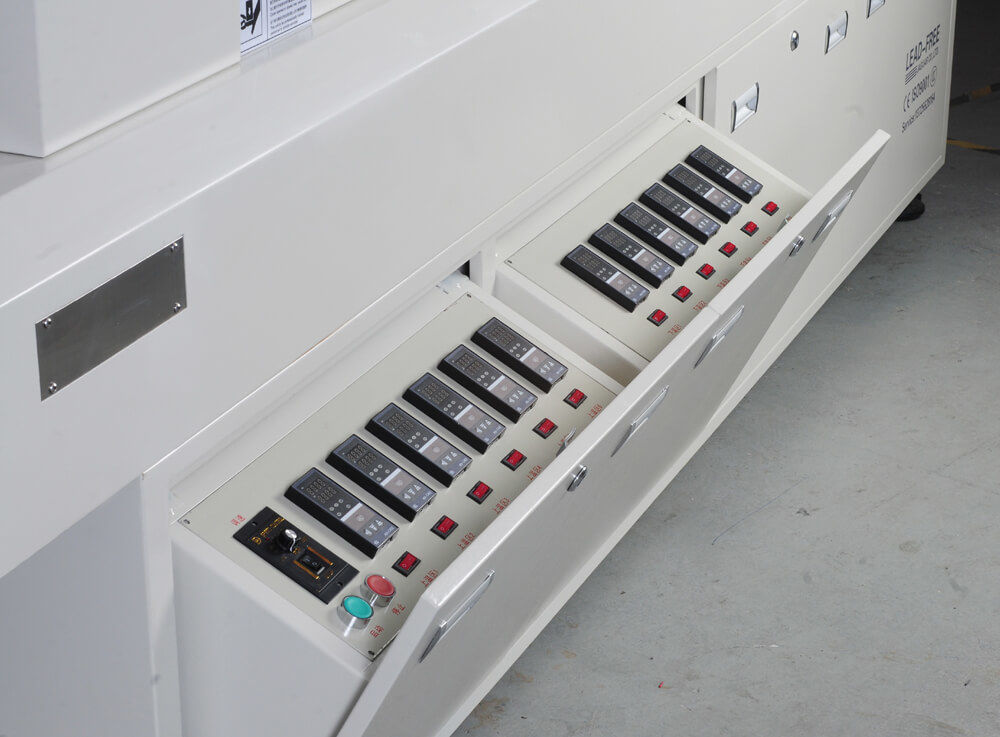

The primary differences between wave soldering and reflow soldering lie in the core soldering process. Produces a large number of PCBs simultaneously.Can provide strong solder joint quality.If the wave soldering oven is not hot enough, cavities on the PCB may result in conductivity issues and structural weaknesses. Owners of wave soldering ovens can also face multiple challenges if they are unable to control conditions during the soldering process effectively. If temperatures reach levels that are too high, for example, PCBs may develop cracks or issues related to conductivity. If temperatures are not maintained correctly, costly issues may arise. The internal environment in a wave soldering oven is critical. A cooling method then brings the temperature down and permanently bonds the solder in place. The 'wave' of solder will move over the PCB and begin soldering the various components-electric connections form during this stage. Next, like with reflow soldering, preheating occurs to ensure that thermal shock is avoided during the acute soldering process. The flux removes surface oxide and cleans the metal before soldering, which is a crucial step in quality work. The wave soldering process begins by applying flux to the components that need to be soldered. It is the best method for engineers who need to solder a large number of PCBs at the same time. Wave soldering utilizes a different soldering method for manufacturing PCBs. A less wasteful process that can be applied to specific parts of the PCB.Does not require a large amount of monitoring.To solder small, individual components on a PCB, hot air pencils are more than sufficient. Preheating is implemented so that the PCB doesn't experience thermal shock during the acute soldering process. The PCB is placed in a reflow oven and hot air melts the paste to form solder joints. The process occurs by raising the temperature to pre-determined levels. The reflow solder process begins by applying flux and solder (also known as solder paste) to the pads. Unless you are soldering through-hole elements, reflow soldering is the most common method for many manufacturers (especially suitable for SMT assembly).įigure 1. Reflow soldering is the most prevalent soldering method in the PCB industry. This article explores the key differences between wave and reflow soldering by exploring each type in more detail below.

Engineers need to make an informed decision on which soldering method is most useful for their production requirements. The chosen method will have a significant impact on production timelines, costs, and other core elements of the PCB manufacturing process. Manufacturers use soldering to securely attach circuits to boards. There are two primary forms of soldering in the PCB industry: reflow soldering and wave soldering.įor companies operating within the PCB industry, it's critical to use the most effective soldering technique for their circuit board type. Soldering is a key component of the printed circuit board (PCB) production process.


 0 kommentar(er)
0 kommentar(er)
